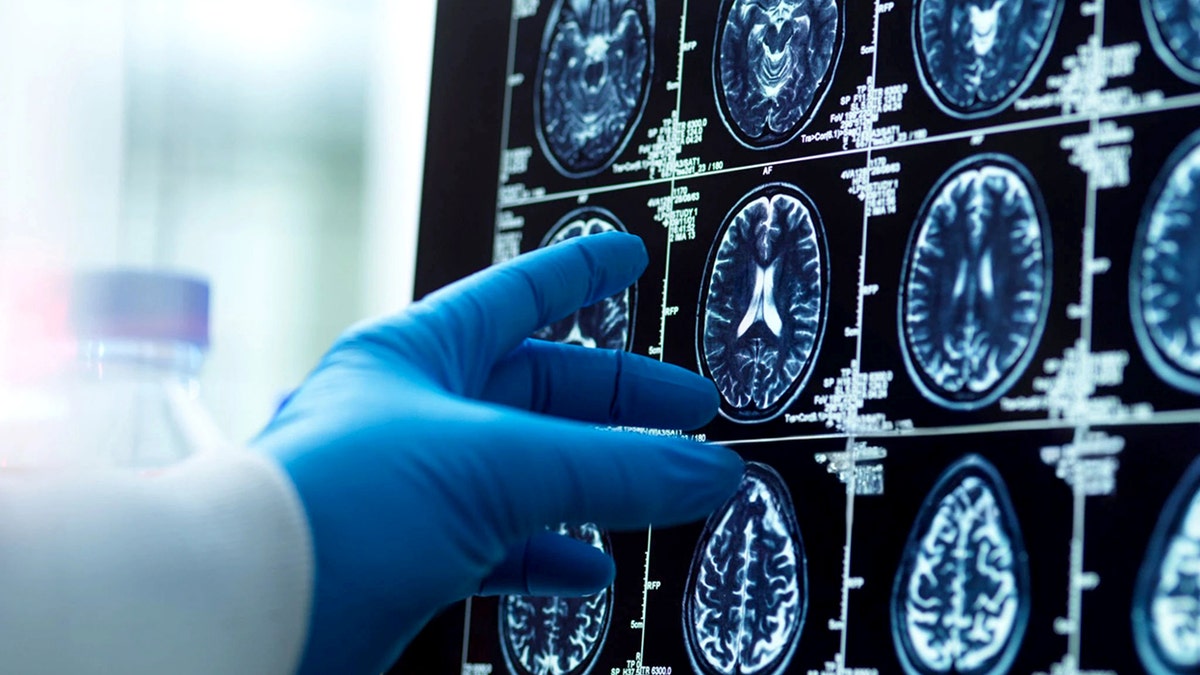
NEWYou can now listen to Fox News articles!
A new study may challenge what we thought we knew about brain aging.
Scientists have discovered that men’s brains actually shrink faster than women’s as they grow older, even though women are more likely to develop Alzheimer’s disease.
The research, published in the Proceedings of the National Academy of Sciences, analyzed more than 12,000 brain scans from nearly 5,000 healthy people between the ages of 17 and 95. Each participant had at least two MRI scans taken over time, allowing scientists to gauge how their brains changed as they aged.
NEW MRI BRAIN SCAN PREDICTS ALZHEIMER’S RISK YEARS BEFORE SYMPTOMS DEVELOP
Researcher Anne Ravndal, from the University of Oslo in Norway, said her team wanted to test whether the higher Alzheimer’s rate in women could be linked to gender differences in the brain.
“Women are diagnosed with Alzheimer’s disease more often than men, and since aging is the main risk factor, we wanted to test whether men’s and women’s brains change differently with age,” she told Fox News Digital.

A new study shows women’s brains don’t shrink as quickly as men’s in old age, although women still have higher rates of Alzheimer’s diagnoses. (iStock)
Men showed a faster rate of brain shrinkage across more regions than women. Areas related to memory, emotion and sensory processing — like the hippocampus and parahippocampal regions — were especially affected, the study found.
‘MISSING LINK’ TO ALZHEIMER’S DISEASE FOUND IN STUDY OF HUMAN BRAIN TISSUE
Women’s brains, by contrast, appeared to maintain their size in more areas, though they did show slightly more enlargement in the brain’s fluid-filled spaces, known as ventricles.
CLICK HERE TO DOWNLOAD THE FOX NEWS APP
“Our findings show that men experience greater structural brain decline across more regions, meaning that normal brain aging doesn’t explain the sex difference in Alzheimer’s rates,” Ravndal said.

One hypothesis is that women get more checkups than men, and thus are more often diagnosed with Alzheimer’s. (iStock)
As women are still diagnosed with the disease nearly twice as often, researchers concluded that brain size changes alone can’t explain that gap.
CLICK HERE TO SIGN UP FOR OUR HEALTH NEWSLETTER
“The results instead point toward other possible explanations, such as differences in longevity, diagnostic patterns or biological factors,” said Ravndal.
For example, women tend to live longer, which increases the window of time during which Alzheimer’s can develop. Shifts in estrogen during menopause could also affect how brain cells age, experts say.

One potential reason for the higher rate of Alzheimer’s in women could be changes in estrogen and other hormones as they age. (iStock)
Some researchers have noted that women may simply be diagnosed more often because they’re more likely to seek medical help when memory problems appear.
TEST YOURSELF WITH OUR LATEST LIFESTYLE QUIZ
One limitation of the study is that it only looked at healthy people, not those who were already showing signs of dementia, Ravndal acknowledged. The participants were also generally well-educated and came from multiple study sites.
Ravndal emphasized that the work isn’t meant to guide individual health decisions.
CLICK HERE FOR MORE HEALTH STORIES
“The study is not about making direct recommendations for individuals — rather, it helps refine scientific understanding by showing that normal brain aging does not account for women’s higher prevalence of Alzheimer’s disease,” she said.
The researcher added that “future work needs to identify the mechanisms that do.”




Discount Applied Successfully!
Your savings have been added to the cart.